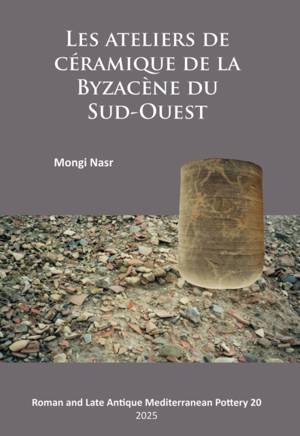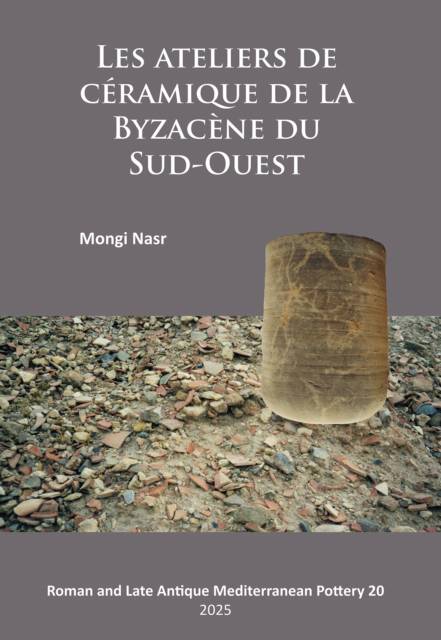
- Afhalen na 1 uur in een winkel met voorraad
- Gratis thuislevering in België vanaf € 30
- Ruim aanbod met 7 miljoen producten
- Afhalen na 1 uur in een winkel met voorraad
- Gratis thuislevering in België vanaf € 30
- Ruim aanbod met 7 miljoen producten
Zoeken
Omschrijving
The task was challenging, especially given the often-pronounced similarities in the clays used and the forms produced. Beyond this technical aspect, which includes body types, slips, shapes, typologies, motifs, and decorative styles, our research stands out for its diachronic approach. This approach reveals the historical factors-both economic and political-that contributed to the the appearance, development, and extinction of these workshops. Additionally, our study of the ceramic rejects from the eight workshops, the subject of this work, revealed a spatial distribution from east to west, with a designated catchment area for each production center and a categorical distribution of types. Chronologically, our findings revealed a synchronisation in the emergence and decline of these workshops and identifying a peak period of activity and production.
Specificaties
Betrokkenen
- Auteur(s):
- Uitgeverij:
Inhoud
- Aantal bladzijden:
- 250
- Taal:
- Frans
- Reeks:
Eigenschappen
- Productcode (EAN):
- 9781805830269
- Verschijningsdatum:
- 30/10/2025
- Uitvoering:
- Paperback
- Formaat:
- Trade paperback (VS)
- Afmetingen:
- 203 mm x 290 mm
- Gewicht:
- 412 g

Alleen bij Standaard Boekhandel
+ 129 punten op je klantenkaart van Standaard Boekhandel
Beoordelingen
We publiceren alleen reviews die voldoen aan de voorwaarden voor reviews. Bekijk onze voorwaarden voor reviews.








